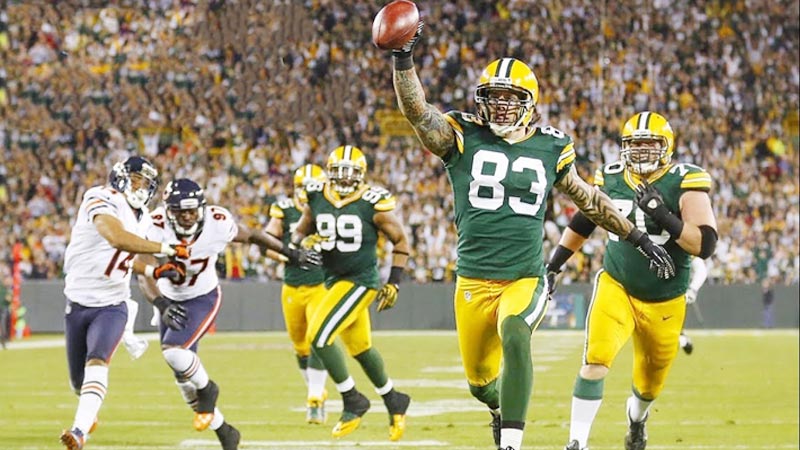In the dynamic realm of American football, where strategy, athleticism, and split-second decisions intersect, few scenarios encapsulate the high-stakes drama like “4th and Long.”
This pivotal moment, occurring on a crucial fourth down with significant yardage remaining to reach the first-down marker, serves as a microcosm of the sport’s strategic intricacies.
From the quarterback’s audacious throws to the defense’s calculated tactics, “4th and Long” has the power to shape game narratives, alter coaching legacies, and define clutch performances.
This article delves into the heart of football’s most intense moments, uncovering the strategies, historical feats, and lasting impact of these critical junctures.
What Is Football 4th And Long?
“4th and Long” is a pivotal situation in football where a team faces a fourth down with a substantial distance remaining to reach the first down marker. This usually occurs after three unsuccessful attempts to move the ball ten yards.
Teams must weigh their options: attempt a play to gain the required yardage or opt for a punt or field goal to change field position.
“4th and Long” tests a team’s strategic acumen, as converting such a play is challenging, but success can sustain momentum.
It’s a high-stakes moment that demands strategic decision-making and execution to keep possession or flip the field, shaping the outcome of the game.
Strategic Approach of Football 4th And Long
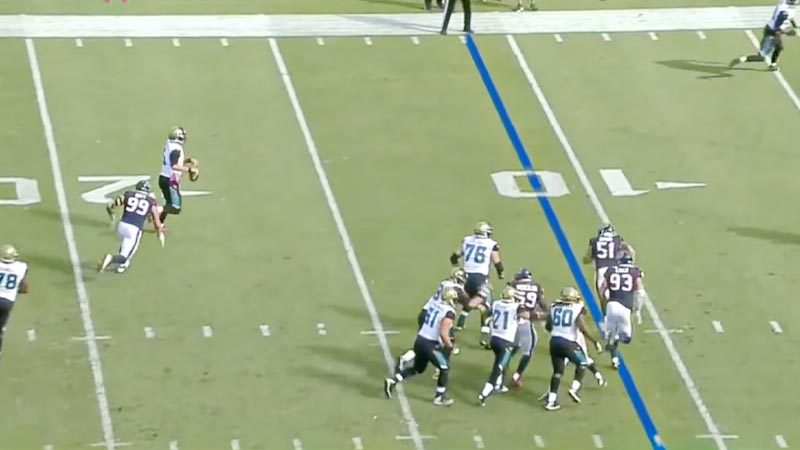
4th and Long” stands as a defining juncture that necessitates a calculated strategic approach.
Coaches and teams are confronted with critical decisions that can significantly impact the course of the game. This scenario offers two primary options: kicking or going for it.
Kicking: Punting or Field Goal Attempt
Kicking serves as a strategic maneuver to alter field position and minimize the risk of a turnover near one’s own end zone. Punting involves relinquishing possession while relying on the defense to halt the opponent’s advance.
Alternatively, attempting a field goal can yield points, but the distance often determines the feasibility. Teams assess the kicker’s range and accuracy against the distance required.
Going for It: High-Risk, High-Reward
Opting to go for it on 4th and Long displays a willingness to embrace risk for potential rewards. Teams must execute an offensive play that gains the necessary yards, maintaining possession and prolonging their drive.
Factors considered include the effectiveness of the offensive lineup, the opposing defense’s strength, and the game’s score and time.
A successful conversion boosts morale and momentum, while failure grants the opposition an advantageous field position.
Strategic Variables
- Game Situation: The score, time left, and current field position influence the strategic choice. Trailing teams may lean towards riskier plays.
- Opponent Analysis: Understanding the opponent’s defensive tendencies aids in play selection. Exploiting weaknesses is crucial.
- Offensive Playbook: Coaches select plays that offer higher success probabilities based on their team’s strengths and the opponent’s weaknesses.
- Field Conditions: Weather, turf quality, and distance impact kicking and offensive plays.
- Psychological Factor: Coaches’ confidence in their players’ ability to execute plays under pressure guides their decision.
Adaptation and Surprise
Innovative coaches sometimes employ unconventional approaches, introducing surprise elements to catch opponents off guard. Fake punts, unexpected passes, or trick plays can lead to game-changing moments.
Analyzing the Evolving Game
As analytics increasingly shape sports decisions, advanced metrics aid coaches in determining the optimal choice. Data on success rates, conversion probabilities, and game simulations provide valuable insights.
“4th and Long” epitomizes football’s strategic essence. Coaches navigate a complex landscape where risk, reward, player capabilities, and opponent dynamics intersect.
By carefully weighing kicking versus going for it, teams aim to capitalize on every opportunity, underscoring the multifaceted intelligence that drives the sport’s tactical evolution.
Defensive Tactics in 4th And Long
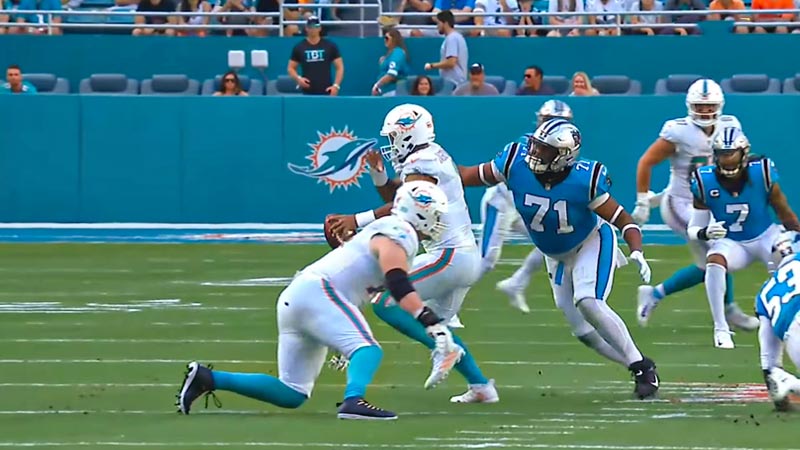
In football, the “4th and Long” scenario isn’t solely the domain of the offense; it’s a crucial moment for the defense as well.
Defending against an opponent’s attempt to convert a 4th and Long play requires strategic thinking, adaptability, and precision execution.
Here’s a closer look at defensive tactics employed in these high-stakes situations:
Coverage Schemes
Defenses often employ coverage schemes designed to protect against potential pass plays. Strategies like Cover 2, Cover 3, or man-to-man coverage aim to limit passing options and create tighter windows for the quarterback.
Blitzing
Bringing extra pass rushers can disrupt the quarterback’s timing and decision-making. However, it’s a double-edged sword, as leaving fewer defenders in coverage could create vulnerabilities.
Disguised Coverages
Pre-snap, defenders may disguise their intentions by lining up in one coverage shell and then shifting to another after the snap. This aims to confuse the quarterback and disrupt the play’s intended progression.
Press Coverage
Defensive backs may play close to the line of scrimmage, physically challenging receivers at the snap to disrupt their routes and timing.
Zone vs. Man
Depending on the situation and opponent, defenses might opt for zone coverage to cover specific areas of the field or man-to-man coverage to closely mark individual receivers.
Pass Rush
Generating pressure on the quarterback can force hurried throws and disrupt the timing of the play. Defensive linemen and linebackers must work in tandem to collapse the pocket.
Defensive Backfield Depth
Depending on the distance needed for a first down, defenders might adjust their positioning to ensure that any completed passes are made short of the marker.
Anticipating Playcalling
Defensive coaches must analyze tendencies and predict the likely type of play the offense will attempt. This helps in crafting a defensive strategy that maximizes the chances of stopping the conversion.
Substitution Packages
In “4th and Long” situations, defenses might bring in specific personnel packages, such as extra defensive backs, to counter the offense’s formation and personnel.
Adapting on the Fly
Defensive players and coaches need the ability to adjust quickly to unexpected plays or formations. Reading and reacting to the offense’s movements is crucial.
Communication
Clear and effective communication among defenders is essential to ensure that everyone understands their assignments and responsibilities, especially in high-pressure situations.
Staying Disciplined
Defenders must maintain their individual assignments and avoid being drawn out of position by misdirection or trick plays.
Defending against a 4th and Long play demands a mix of strategy, coordination, and execution.
Coaches and players must work together to anticipate the offense’s intentions, adjust to shifting circumstances, and ultimately prevent the conversion.
Just as in offense, this defensive aspect showcases the intricate tactics that make football a dynamic and strategic sport.
High-Stakes Moments in Football 4th And Long
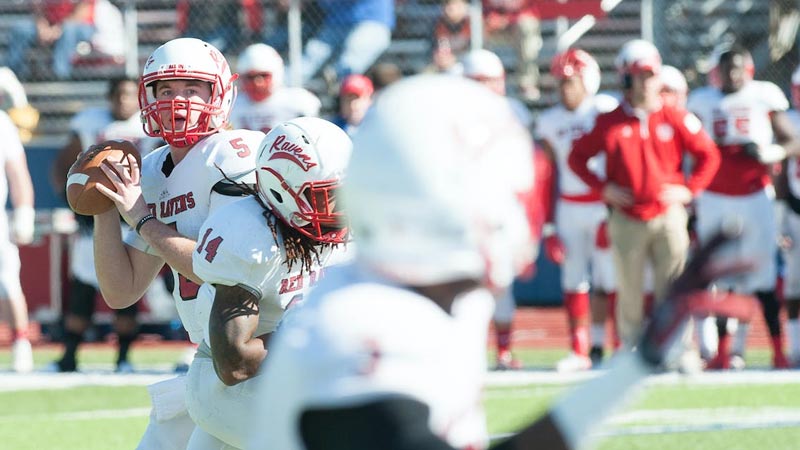
Football’s “4th and Long” situations inject an adrenaline rush into the game, producing high-stakes moments that define the sport’s drama and strategy.
These pivotal junctures often determine the trajectory of a match and showcase the resilience, decision-making, and execution of teams.
Here are some memorable high-stakes moments tied to “4th and Long”:
The Miracle at the Meadowlands (1978)
The New York Giants’ shocking loss to the Philadelphia Eagles became an iconic moment when Eagles’ Herman Edwards recovered a fumbled handoff attempt by the Giants on a 4th and 1 play.
Edwards returned the fumble for a game-winning touchdown, solidifying the significance of securing the ball in crucial situations.
“Music City Miracle” (2000)
In an NFL Wild Card playoff game, the Tennessee Titans executed a lateral-filled kickoff return on a 4th and Long situation, resulting in Kevin Dyson’s touchdown.
The play, widely known as the “Music City Miracle,” showcased the potential for unexpected trickery.
Colts’ “Fake Punt” vs. Patriots (2015)
In an AFC Championship Game, the Indianapolis Colts surprised the New England Patriots with a “fake punt” on a 4th and 3 situation deep in their own territory.
The unexpected play call led to a first down and ignited debates about risk-taking in crucial moments.
Clemson’s “4th and 16” (2016)
In the National Championship game, Clemson’s quarterback Deshaun Watson connected with Hunter Renfrow on a 4th and 16 play in the final minutes, setting up the game-winning touchdown against the Alabama Crimson Tide.
“Philly Special” in Super Bowl LII (2018)
The Philadelphia Eagles memorably executed the “Philly Special,” a trick play involving a direct snap to a running back, a reverse, and a pass to the quarterback, on a 4th and Goal play in the Super Bowl.
The successful play call helped the Eagles secure their first Super Bowl victory.
Lamar Jackson’s “4th and 5” (2021)
In a regular-season game, Baltimore Ravens quarterback Lamar Jackson converted a 4th and 5 play with a dramatic 44-yard touchdown pass. The play showcased his ability to shine under pressure and alter the course of a game.
These moments epitomize the essence of “4th and Long” in football, where split-second decisions, unexpected plays, and the convergence of skill and strategy can turn the tide of a game.
Whether through clutch conversions, trick plays, or strategic gambles, these instances highlight why football remains a captivating blend of athleticism and tactical brilliance.
Impact of Football 4th And Long
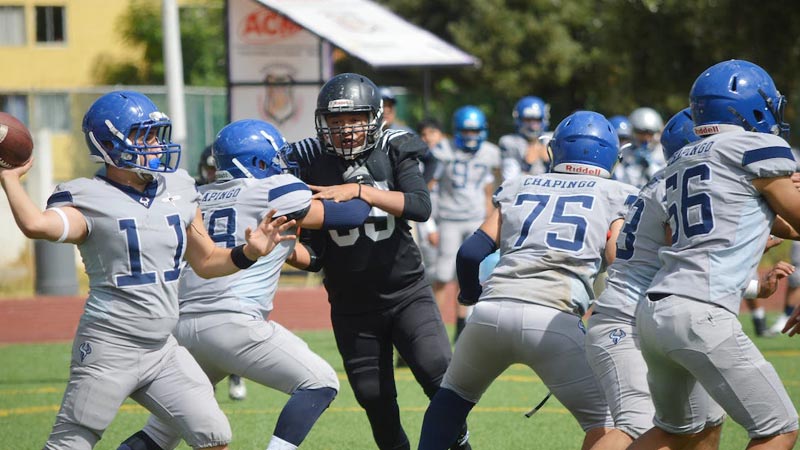
Football’s “4th and Long” situations transcend mere plays; they wield a profound impact on the dynamics, strategy, and outcomes of games.
These pivotal moments reverberate through every aspect of the sport, shaping narratives, momentum shifts, and coaching legacies. Here’s a closer look at the far-reaching impact of “4th and Long” scenarios:
Momentum Swing
Successful conversions on 4th and Long invigorate the offense and its supporters, infusing momentum and belief.
Conversely, defensive stops galvanize the defense and often result in a shift in field position, altering the game’s tempo.
Game Deciders
“4th and Long” plays frequently determine close games, becoming deciding factors in victories or defeats. The outcome of these plays can tip the scales, leading to memorable wins or heartbreaking losses.
Coaching Legacies
Coaches’ strategic decisions on whether to kick, go for it or execute a trick play on 4th and Long shape their legacies.
Bold choices that yield success can elevate a coach’s reputation, while missteps might lead to scrutiny.
Psychological Warfare
“4th and Long” is a psychological battleground. Defenses aim to rattle quarterbacks, while offenses must remain composed under pressure.
The psychological toll on players and coaches can impact subsequent decisions and plays.
Fan Engagement
The suspense and drama of “4th and Long” moments captivate fans. These plays spark passionate reactions, discussions, and debates among supporters, enhancing the emotional investment in the sport.
Turning Points
Teams use successful 4th and Long conversions as turning points to rally from deficits or extend leads.
The resilience demonstrated in these scenarios can reshape the trajectory of a game or even a season.
Strategic Evolution
Over time, trends in decision-making on 4th and Long evolve, shaped by analytics, coaching philosophies, and rule changes. This reflects the dynamic nature of football strategy.
Highlight Reels
Remarkable plays on 4th and Long frequently find their place in highlight reels and discussions about the sport’s greatest moments. The drama and significance of these plays endure in football lore.
Critical Analysis
Analysts, fans, and commentators dissect the decisions made during 4th and Long plays, offering insights into tactical brilliance or missed opportunities. These analyses contribute to the sport’s narrative.
Legacy-Building Moments
Players who excel in “4th and Long” situations become associated with clutch performances, enhancing their reputations as game-changers in pressure-filled scenarios.
Tactical Innovation
The need to convert on 4th and Long drives innovation in play-calling, leading to trick plays, creative formations, and unexpected strategies that keep the game dynamic and exciting.
“4th and Long” is more than a single play—it’s a microcosm of football’s strategic complexity, emotional intensity, and ability to create indelible memories.
It highlights the fusion of athleticism, coaching acumen, and the thrill of competition that continues to captivate audiences and define the sport’s essence.
FAQs
What is “4th and Long” in football?
“4th and Long” refers to a pivotal situation in football where a team faces a fourth down with a significant distance remaining to achieve a first down.
It’s a make-or-break moment, forcing teams to decide between executing a play to gain the necessary yardage or opting for a punt or field goal to change field position.
How do teams decide whether to go for it or kick on 4th and Long?
The decision to go for it or kick on 4th and Long hinges on various factors, including the game score, time remaining, field position, offensive and defensive capabilities, and the coach’s risk tolerance.
Analyzing these variables helps teams make strategic choices that maximize their chances of success.
What are some memorable “4th and Long” moments in football history?
Football history is adorned with unforgettable “4th and Long” moments. From the “Music City Miracle” to the Eagles’ “Philly Special” in Super Bowl LII, these plays have swung games, showcased innovation, and left an indelible mark on the sport’s legacy.
How does the defense respond to “4th and Long” situations?
Defensive tactics on 4th and Long are equally crucial. Teams employ coverage schemes, disguises, blitzes, and pass-rush strategies to thwart the offense’s attempt to gain the required yardage.
The defense’s ability to adapt, communicate, and execute often determines the outcome of these high-stakes plays.
What’s the broader impact of “4th and Long” on football?
Beyond individual plays, “4th and Long” moments impact game momentum, coaching strategies, fan engagement, and player legacies.
These scenarios embody the essence of football’s strategy, athleticism, and unpredictability, contributing to the sport’s enduring appeal.
Wrapping Up
Football’s “4th and Long” isn’t merely a segment of a game; it’s a microcosm of the sport’s essence. The decisions made, the plays executed, and the outcomes attained during these moments echo through the annals of football history.
Whether it’s a quarterback’s audacious throw, a trick play that catches opponents off guard, or a defensive stop that shifts momentum, “4th and Long” encapsulates the beauty, tension, and strategy that make football a thrilling spectacle.
As the game continues to evolve, these critical moments remain a testament to the enduring allure of football’s strategic complexity and the high-stakes drama it offers.
Thank you for your time and best wishes.

